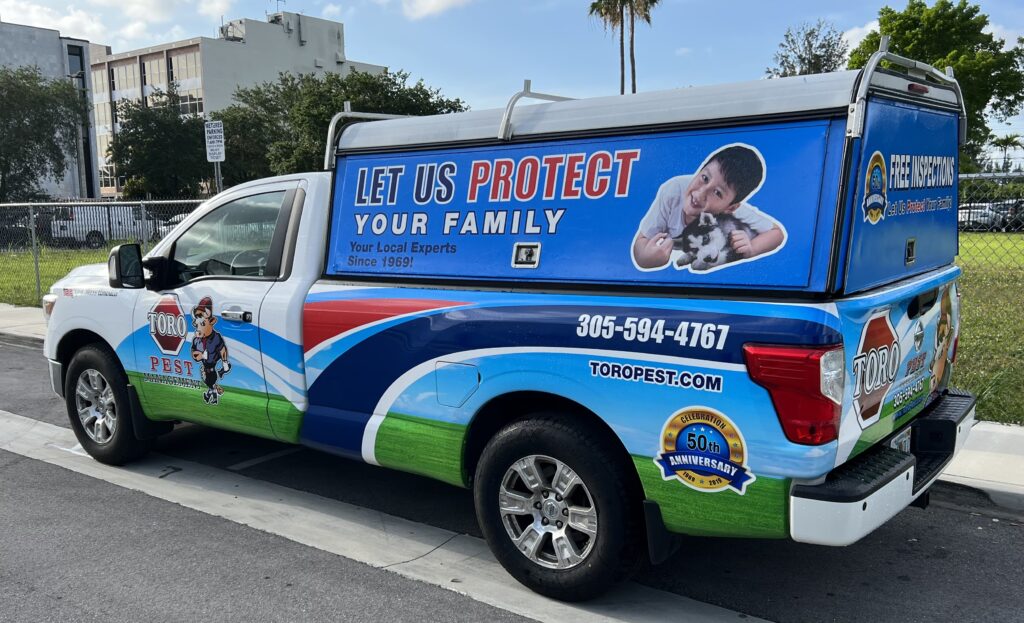Mice are among the most common pests encountered in households, not only in South Florida but globally. While often considered nuisances, understanding the behavior, habits, and habitats of these creatures can provide valuable insights into effectively managing their presence in our environments. This article delves into the world of mice, shedding light on their lifestyle and how this knowledge can aid in preventing infestations.
Behavior and Social Structure
Mice are nocturnal creatures, preferring to search for food and engage in activities under the cover of darkness. This behavior makes them less noticeable to homeowners until signs of an infestation, such as droppings or damage, become apparent. Mice are also highly social animals, living in groups with a complex social structure. This social behavior plays a critical role in their survival, allowing them to efficiently locate food sources and protect themselves from predators.
Habitat Preferences
In the wild, mice prefer habitats that offer ample food sources and protection from predators. These can range from fields and forests to urban areas where human activity provides abundant opportunities for shelter and sustenance. In homes, mice are attracted to areas that offer warmth, shelter, and easy access to food, such as kitchens, pantries, and wall cavities.
Adaptability and Survival Skills
One of the key reasons mice are so successful at cohabiting with humans is their remarkable adaptability. They can survive on a wide range of food sources, from grains and seeds to scraps and leftovers. Mice also have an incredible ability to squeeze through tiny openings, as small as a dime, making it challenging to completely mouse-proof a home.
Reproduction and Growth of Populations
Mice have a rapid reproduction rate, which can lead to a small problem escalating quickly if not addressed. A single female can produce up to a dozen babies every three weeks, leading to a significant increase in population in a short period. This rapid growth makes it imperative to address any signs of mice early on.
Preventing Infestations Through Understanding
Understanding mice behavior is the first step in preventing infestations. Knowing that mice are attracted to food and warmth can lead homeowners to take preventative measures, such as sealing food in airtight containers and blocking potential entry points around the home. Regularly inspecting the home for signs of mice, such as droppings or gnawed packaging, can also help catch problems before they escalate.
In conclusion, while mice may be unwelcome guests in our homes, gaining an understanding of their behavior, habits, and habitats can provide us with the knowledge needed to prevent infestations. By taking proactive steps based on this understanding, homeowners can protect their living spaces from becoming hospitable to these common pests. Remember, the key to effective pest management is not just in dealing with existing problems but in preventing them from occurring in the first place.



